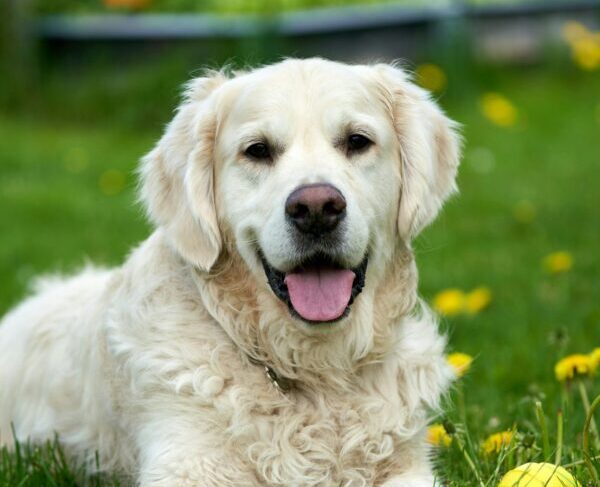Your cart is currently empty!

How Do I Teach My Dog to Respond to ‘Yes’?
Training Command/Trick or Problem:
Your dog is lying peacefully on their bed instead of leaping onto the couch to steal your snack. Or they wait calmly by the door while you leash them up for a walk. These are golden moments when your dog is doing something right—but how often do you acknowledge it? Without the right encouragement, your dog might not even know what behaviors you love!
You’ve probably seen other dog owners use a cue like “Yes!” to mark good behavior, and their dogs respond like pros. But how do you even start teaching such a simple yet powerful command?
The Skill/Training Command:
Teaching your dog to recognize “Yes!” as a marker for good behavior is a game-changer. It’s an easy, effective way to reinforce what your dog is doing right, right when they do it. At Dog On a Leash, we know that small wins like these build a foundation for a well-trained, happy pup. Don’t worry if this feels daunting—we’ll break it down for you so you and your dog can succeed together.
Check out our Etsy store to see our “I make fetch happen” gear.
Instructions on How to Teach “Yes!”:
- Choose Your Marker Word: Commit to using “Yes!” every time your dog does something good. The tone matters—keep it upbeat and consistent.
- Start Simple: Look for moments when your dog is naturally doing something desirable, like lying quietly, sitting calmly, or playing nicely. Say “Yes!” and immediately follow up with a treat or affection.
- Link the Word to a Reward: Dogs learn best when a reward (like a treat or toy) is paired with your marker word. The key is to be quick—mark the behavior and reward immediately so your dog makes the connection.
- Avoid Overuse: Only use “Yes!” when you want to mark a specific, intentional behavior. Using it too casually may dilute its effectiveness.
Practice Progressions:
Beginner – Level 1: Praise Every Time Your Dog is Doing Something Good
- What to Do: Watch your dog during everyday activities. Anytime they do something you like (e.g., lying down, staying calm, or walking nicely), say “Yes!” and reward them with a treat or affection.
- Pro Tip: Keep sessions short—aim for 5 minutes of focused observation at a time.
Intermediate – Level 2: Command Then Praise Immediately
- What to Do: Incorporate “Yes!” into your training commands. For example, ask your dog to “Sit.” The moment they sit, say “Yes!” and reward them.
- Pro Tip: Timing is everything. The “Yes!” should happen as soon as they complete the command.
Advanced – Level 3: Praise While There Are Distractions
- What to Do: Practice saying “Yes!” and rewarding good behavior in more challenging environments, like the park or during playtime. Look for moments of focus and calm.
- Pro Tip: Start with low-level distractions and gradually increase the difficulty as your dog gets better at responding.
Check out our Etsy store to see our “I make fetch happen” gear.
When I first taught my dog Penny the “Yes!” marker, I felt like a magician. Every time she heard it, her ears would perk up, and her tail would wag like crazy, as if she’d unlocked a treasure chest of treats. One day, I absentmindedly said “Yes!” while on a phone call, and Penny dashed over, sitting perfectly in front of me with an expectant grin. She was so proud of herself that I couldn’t help but laugh—and yes, she got her treat.
Mastering the “Yes!” marker sets the stage for clear communication and stronger training outcomes. Ready to take your training to the next level? Support more content like this by sharing this article or checking out our training resources at Dog On a Leash! Together, we can build stronger bonds with our dogs, one “Yes!” at a time.
